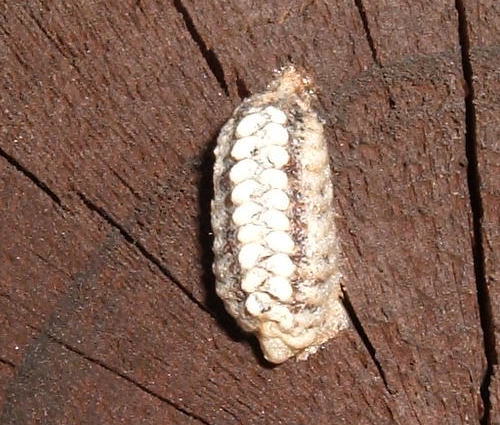| << Chapter < Page | Chapter >> Page > |
Sexual cannibalism has been observed in 30 arthropod species, and occurs in all arachnids and three orders of insects [Figures 10-12]. One of these orders is Mantodea, which is comprised of about 2,000 mantis species worldwide, mostly within the family mantidae (Yagar and Svenson 2008). Mantises are highly predatory organisms, employing an ambush technique in which they camouflage themselves to wait for prey, then strike rapidly once food approaches. Most mantis species have spiked, muscular forelegs called raptorial legs, which are designed for gripping a range of prey, including lizards, frogs, birds, snakes, rodents, insects, and, of course, mates (Yagar and Svenson 2008).
Between sexually mature adults, attraction typically occurs via visual cues and the use of pheromones, which the females release during the nighttime (the organisms’ prime mating period) (Robinson and Robinson 1979). In order to mate, the male approaches the female, leaps onto her back, and uses his forelegs to grip her thorax and wings. Males transfer sperm from their abdomen into a chamber at the tip of the female’s own abdomen. Mothers can be polyandrous, mating with several males during a reproductive season (the number of males varies with the mating season). Eventually, she deposits as many as 400 eggs in a frothy mixture secreted by abdominal glands, which hardens into a clumped egg mass called an ootheca. After oviposition, mantis mothers almost always abandon the ootheca, increasing the importance of the nutrients and protective protein coat she originally invests in the egg mass.

Mantises exhibit moderate
sexual size dimorphism (
Iris oratoria males, for example, are 49% the size of females), which improves the female’s ease of cannibalizing the male (Barry et al. 2008). An estimated 63% of the diet of female Chinese mantises (
Tenodera sinensis ) is derived from cannibalized mates (Fox 1975b). Even in species that rarely exhibit sexual cannibalism, the behavior can be a major source of population mortality if it occurs in a specific seasonal or life cycle frame (Fox 1975b). Thus, sexual cannibalism is a crucial component of mantis behavior.


Notification Switch
Would you like to follow the 'Mockingbird tales: readings in animal behavior' conversation and receive update notifications?